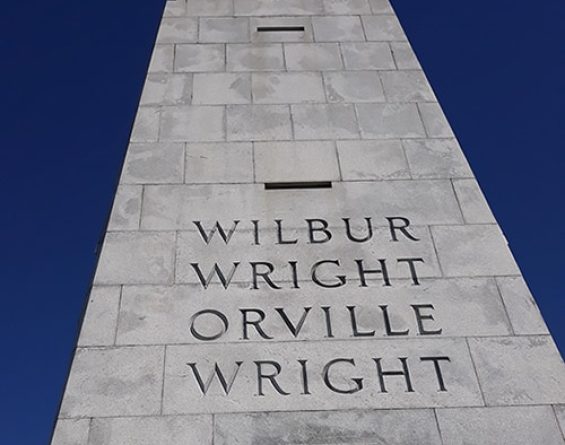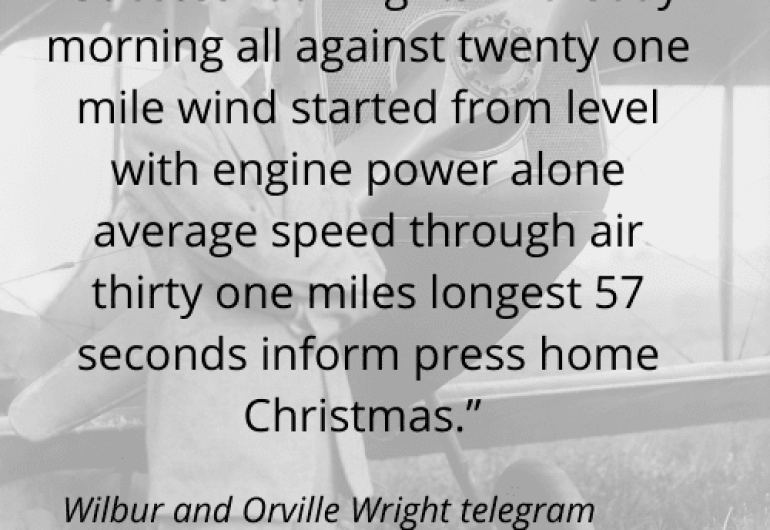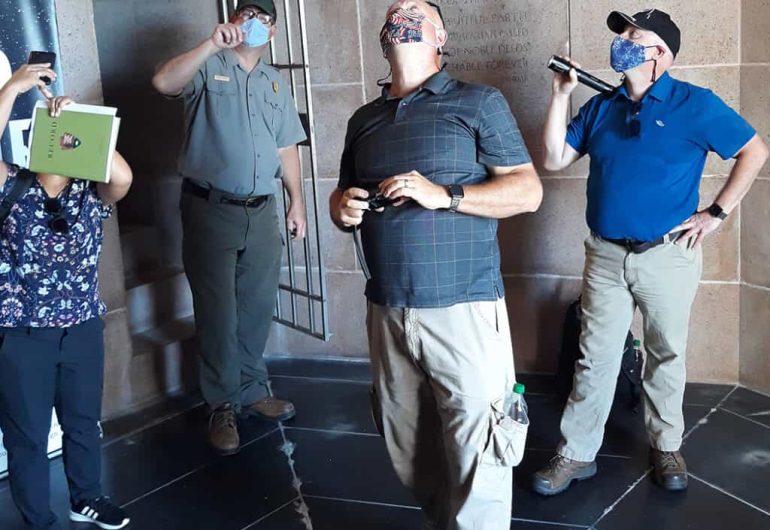Advancing Patient Safety with Modern Technology in Hybrid Operating Rooms
March 26, 2025

Every now and then, a project comes along that is uniquely special. The rehabilitation and repair of the Wright Brothers National Memorial in Kill Devil Hills, N.C. is one of these memorable undertakings.
The 60-foot pylon monument has remained closed to the public for several years due to moisture intrusion and other safety concerns.
Apogee Consulting Group is pleased to partner with the historical architecture specialists at Quinn Evans for project mechanical and electrical engineering design services to restore the gray, granite block structure so that the National Park Service may once again open its doors to visitors.
The structure, which sits atop a 90-foot sand dune known as Kill Devil Hill, and surrounding park honor Wilbur and Orville Wright and marks the nearby site of their first successful powered flight on December 17, 1903−the day that launched the aviation history.
When constructed in November 1932, the monument served as a beacon for aerial and marine navigation. A total renovation of the memorial was done in 2008, but salt in the structure is causing discoloration of the walls and the repairs are again needed to prevent future moisture intrusion.
When the repairs are made, visitors will once again be able to access the interior and enjoy a more meaningful experience while the site’s history is preserved.
“It’s very easy to take for granted historical structures like this and not realize everything that went into the construction,” said Paul L. Holloway, P.E., Apogee Consulting Group senior mechanical engineer. “As an engineer, I have a much greater appreciation for structures like this, what went into the original design and construction, and the importance of proper maintenance. It’s an honor to have the opportunity to help preserve the history of this great country.”
The façade of the monument will be resealed in various locations to prevent moisture intrusion and the electrical wiring will be removed from an existing conduit, and that conduit will be injected with grout to prevent moisture intrusion.
The structure will be re-wired in a way that will not create void areas within the structure where water can collect. Areas that are void within the masonry walls that have been identified in the treatment report will be injected to eliminate the collection of water within the walls.
To further help prevent moisture intrusion, interior storm drainage piping will be replaced, and a drainage system will be installed under the deck at the base of the monument to ensure that water is directed away from the monument to an existing drain trench along the perimeter.


